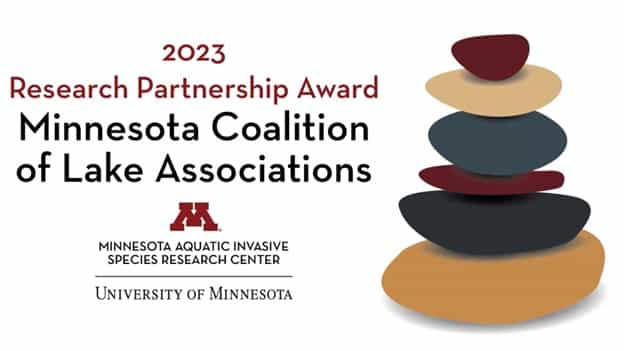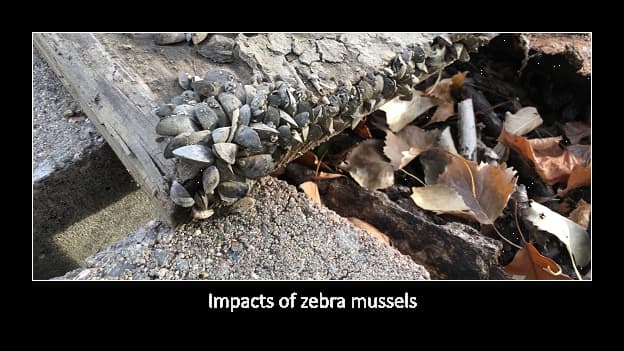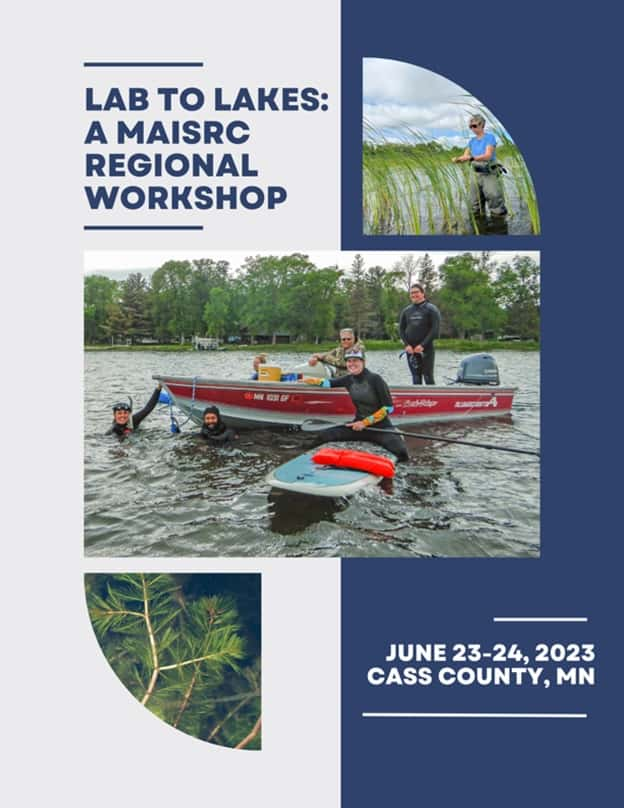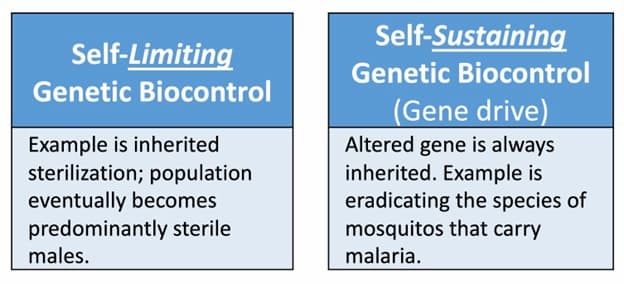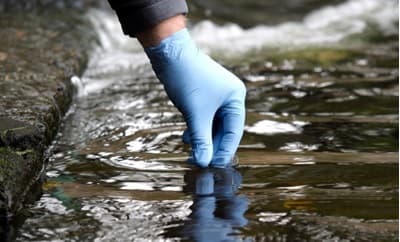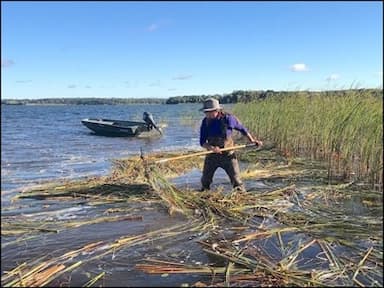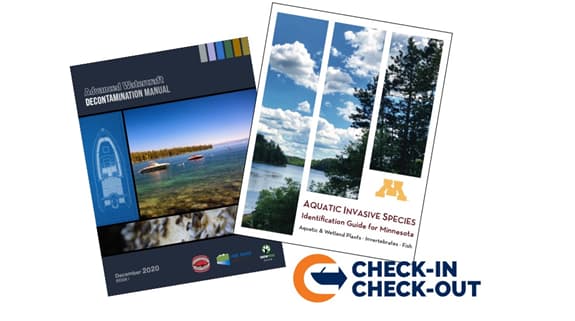
The open water boating season is here and many of your organizations are involved with AIS inspections, inspectors, and early detection activities. Here are a couple of things you may not know about which may help.
The Lake Tahoe watercraft decontamination manual is well-organized with 91 pages of photos and great content, including nearly 30 pages of manufacturer-specific decontamination considerations.
The MAISRC AIS identification guide contains tips for identifying a number of aquatic invasive species (AIS) that are considered high-risk to Minnesota waters, as well as some common native lookalike species. You can download it for free, buy the book, or become an AIS Detector and get the book — plus tons of hands-on training!
The free Check-In, Check-Out program was designed by our friends at CD3 to educate boaters on hand cleaning different types of watercraft and trailers. Simply place the Check-In, Check-Out QR code at a visible location at your boat launch.


